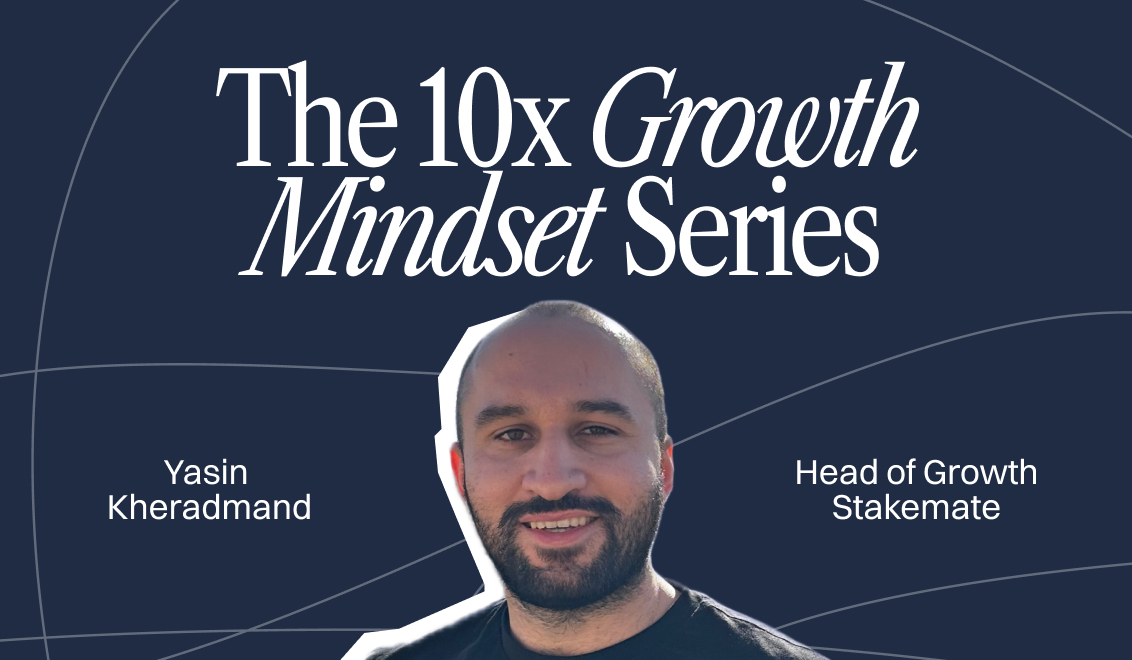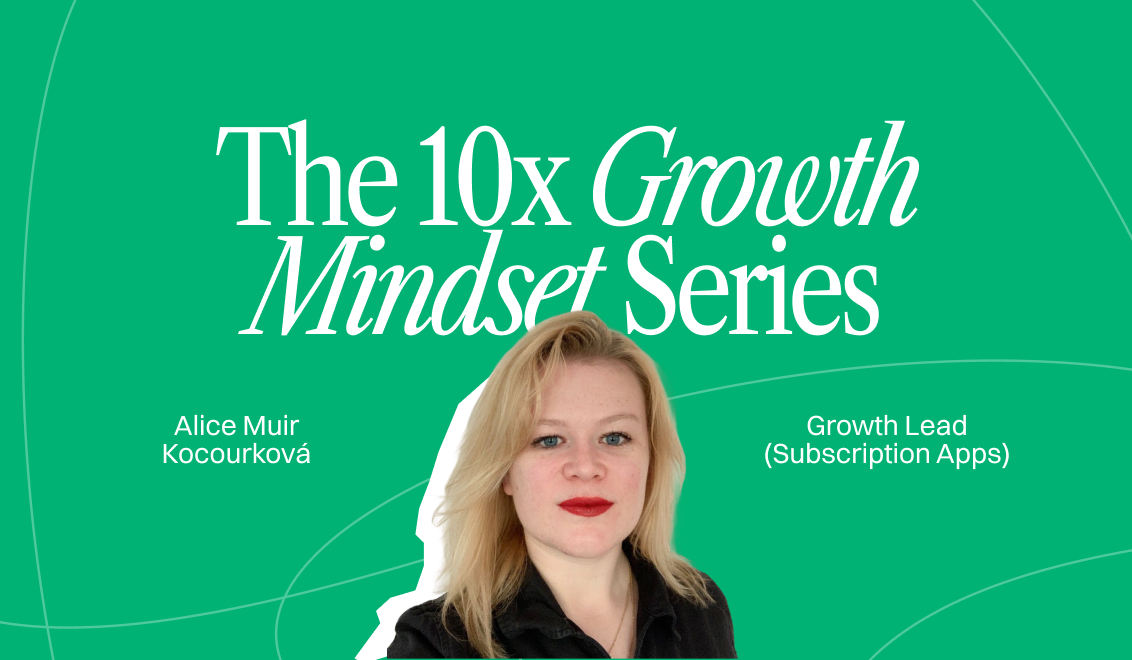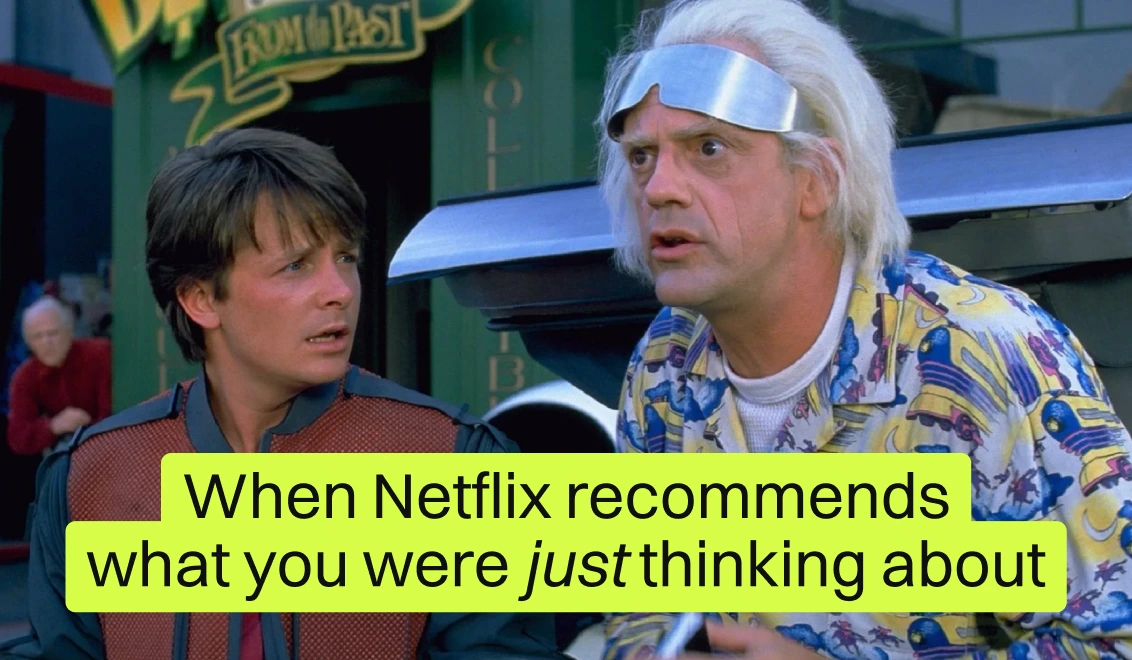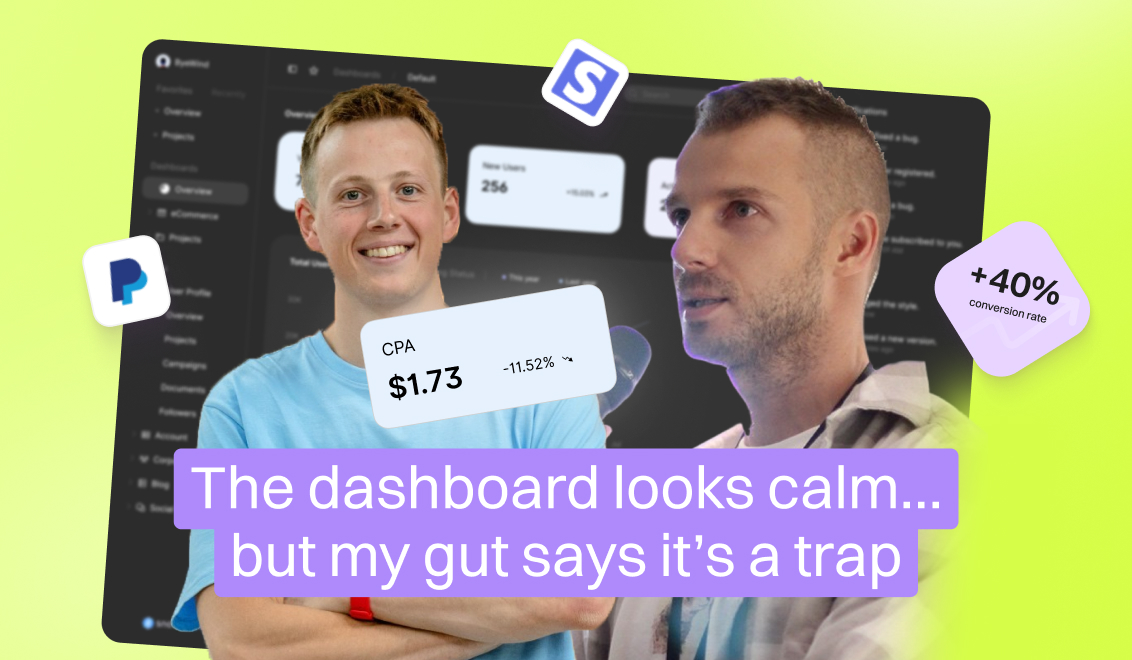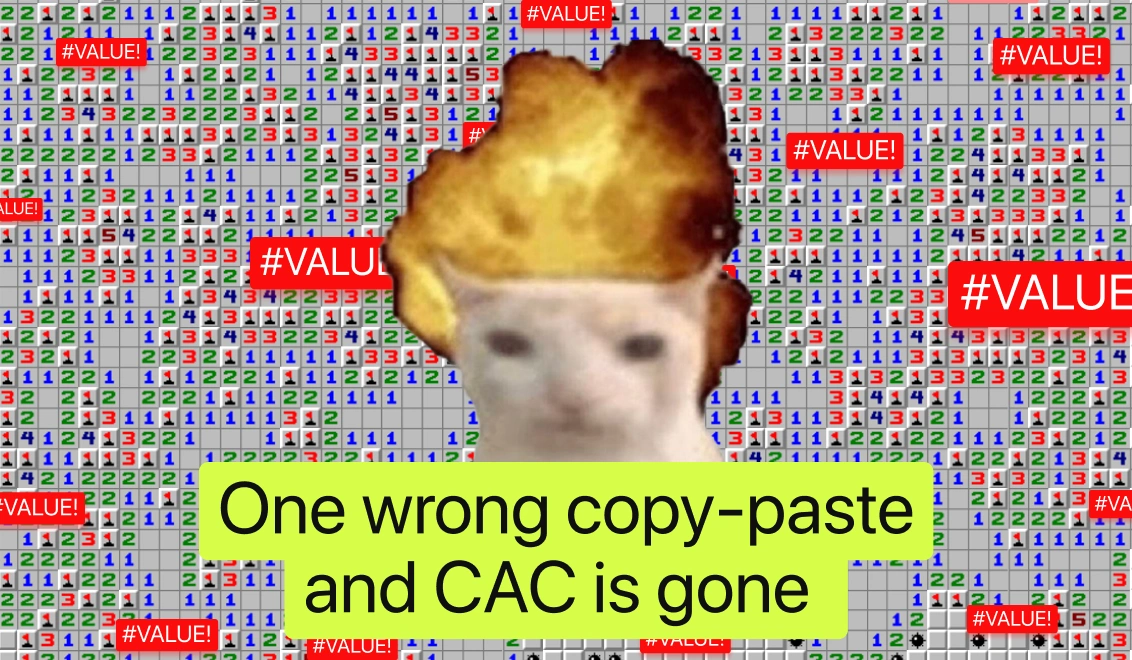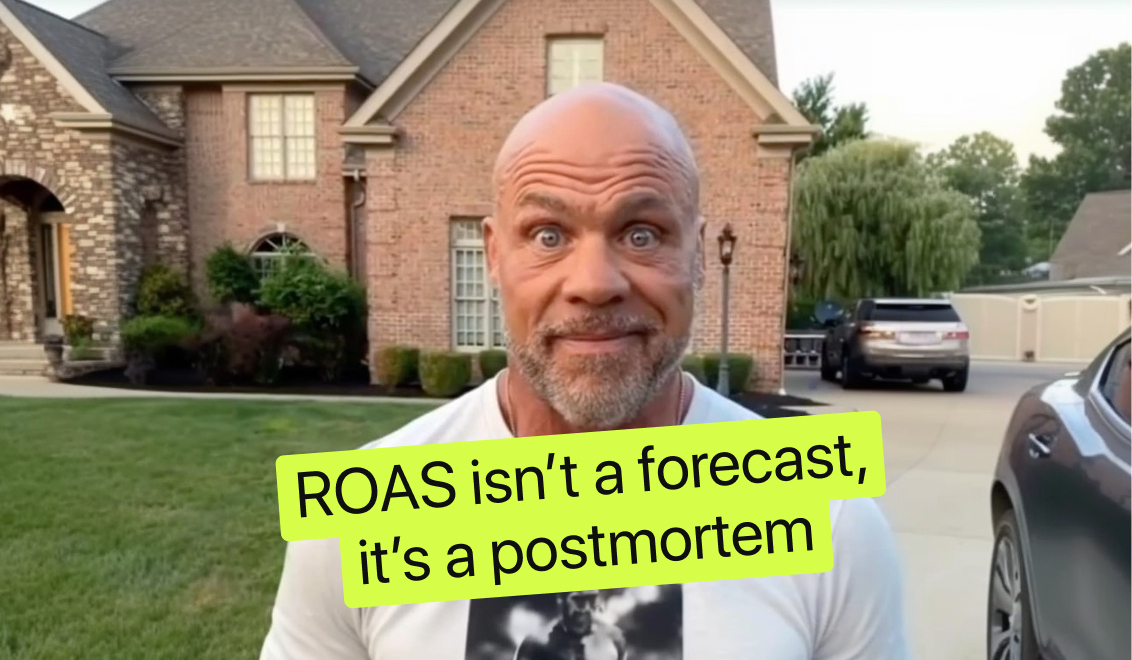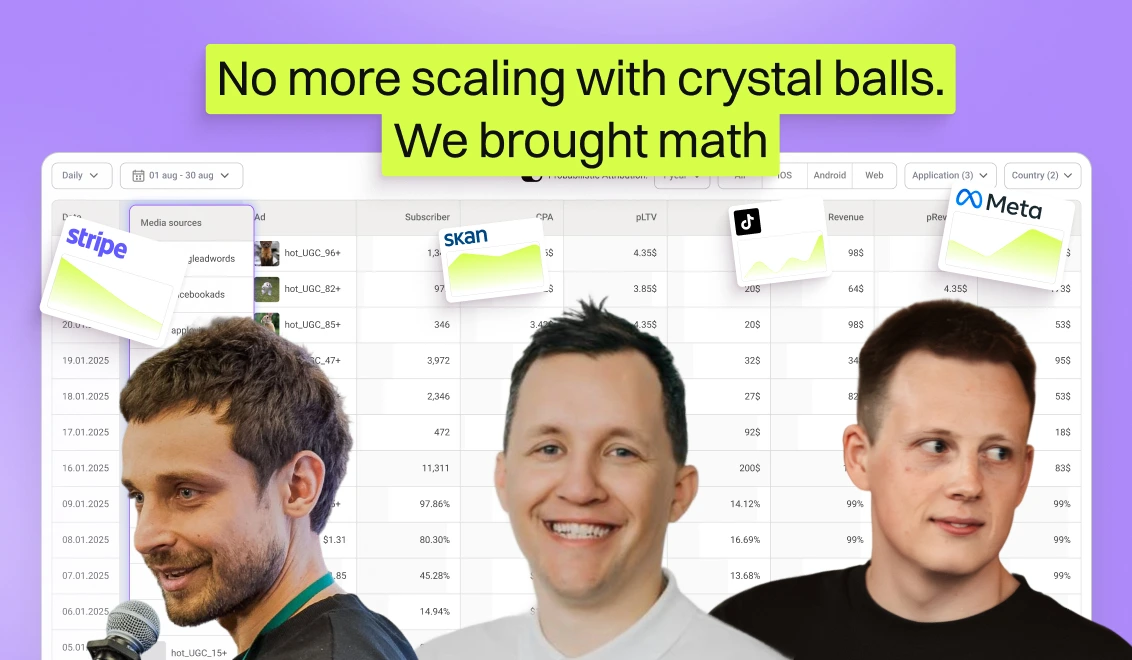Why your cohort segmentation strategy isn’t working and how to fix it

Key concepts in cohort segmentation strategy
Here’s the thing: while a cohort segmentation strategy might sound like a buzzword straight out of a consultant’s deck, at its core, it’s fairly straightforward once you strip away the jargon. What you’re really doing is breaking your audience into groups and examining them from a variety of angles so you can see what actually drives performance. In conversations, people often throw around terms like customer behavior, user behavior, or behavioral cohorts, and although these labels might appear interchangeable at first glance, they actually point to different layers of understanding within the broader process.
Customer behavior is the long-term view: how much someone spends, how often they come back, and what keeps them paying over time. User behavior is more about the short term: what they do in the first few days. Do they explore different features? Do they come back after day one? Put these together and you get the basics for smarter customer segmentation.
Now, behavioral cohorts are where things get interesting. Instead of looking at where users came from, you group them by what they actually do in the app. One group might make three purchases in their first week, while another never makes it past onboarding. That’s the kind of split that gives you valuable insights and makes your marketing strategies much sharper.
And at the center of all this sits customer lifetime value (CLV), or let's say in other words, lifetime value (LTV). It’s the metric that shows you which groups are worth scaling and which aren’t worth more spend. The problem is you can’t always wait months to know the number. That’s why teams lean on predictive LTV modeling; it takes early signals and forecasts CLV, so you can move budget faster and with more confidence.
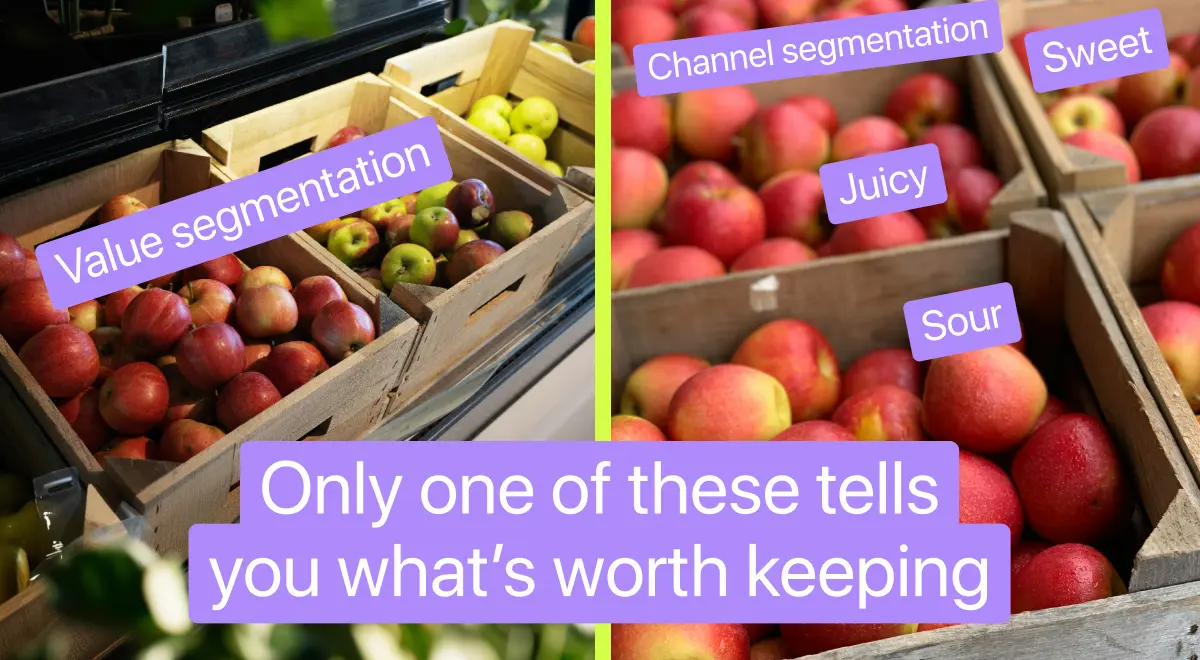
Approaches to cohort segmentation
Before we talk about why some strategies flop, let’s walk through the main ways teams usually segment their users. Once you see the different approaches, it’s easier to understand why behavior-first tends to be the winner.
Customer behavior and demographic segmentation
The classic move is to group people by customer behavior or demographics: age, country, device type, even the install date. This kind of customer segmentation shows shared characteristics and usually helps with broad marketing strategies, things like localizing campaigns or testing regional pricing.
Acquisition-based cohorts
Another approach is building acquisition cohorts. These are users who came in through the same ad set, channel, or marketing campaign. They’re handy for tracking CPI, CAC, and figuring out the immediate ROI of your spend.
Behavioral cohorts
Then there are behavioral cohorts, where you group users by what they actually do inside the app. How often do they log in? Which features do they use most? How quickly do they buy something? Because this is based on user behavior, it gives you valuable insights into which groups are most likely to become long-term, high-value customers.
Hybrid approaches
The best teams don’t stick to one method. They combine them: using acquisition cohorts to check source quality, layering demographics for context, and then leaning on behavior to surface the most actionable insights.
Each method has its place. But if you only pay attention to surface traits, you’ll miss what really drives growth. That’s why more and more teams put behavior-first segmentation at the heart of their playbook.
Why most cohort strategies miss the point
There’s something oddly satisfying about slicing users into neat little groups by channel, country, platform, even creative name and calling it a day with a shiny cohort chart.
But here’s the thing: those default slices rarely tell you what you actually need to know.
It’s not that geo or channel data is useless. It’s that they’re surface-level. They tell you who showed up, not what they’re likely to do. And when budgets are tight and payback windows short, the question isn’t “Where did they come from?” it’s “Which of these users is going to bring in actual value?”
That’s where most segmentation strategies fall apart.
One performance team posted recently about this exact pain. They’d been allocating spend based on which channels had the highest install volume until they realized their entire revenue was coming from one quiet subgroup that behaved completely differently after Day 2. The rest of their budget? Dead weight.
Another common thread: teams building complex churn + ARPU LTV models… then freezing. The model spits out a number, but there’s no playbook for what to do with it. Until you segment by predicted value deciles, tiers, whatever works, you’re still guessing.
According to 2025 insights from AppSamurai and Airbridge, behavior-based segmentation outperforms install-source slicing. Cohorts defined by retention curves and engagement depth are more predictive, with AppSamurai noting stronger long-term trends and Airbridge highlighting predictive models that boost ROI by up to 30% in some cases.
Some cohorts are quietly carrying your whole growth engine. Until you break things down by actual value, you’re just steering in the dark.
Why value deciles beat channels for cohort segmentation
Here’s how it usually goes: you launch a new campaign, check the dashboards, and break your users down by channel, geo, or device type because that’s what the tools serve up by default. Feels like the right thing to do, right? Until you realize none of those slices actually tell you who’s going to spend.
The real shift happens when you stop asking where users came from and start asking how they behave and how much they’re likely to be worth.
That's where value-based segmentation comes in. Instead of splitting cohorts by source, you rank them by predicted lifetime value: deciles, quartiles, tiers, whatever fits your strategy. Suddenly, the questions change from “Should we cut Facebook?” to “Should we scale users in the 80th percentile of value, regardless of source?”
Here’s what that looks like in real life:
One team realized that their highest-spending users weren’t the ones coming in from expensive lookalike audiences, they were actually organic installs who triggered five in-app events within the first 24 hours. Another group found that users from one channel had worse Day‑1 retention but consistently made larger purchases by Day‑10. You don’t see that unless you’re segmenting based on predicted performance.
This shift transforms cohort analysis into a real growth lever. In 2025, it’s the playbook top teams already use to stay ahead.
Here’s a real-world example with numbers worth paying attention to. Rocket, a food delivery app, stopped sorting users by channel and started looking at what really drives value, things like average order size, favorite cuisines, how often someone orders, and where they live. That change let them spot clear patterns and build smart push campaigns around them. Power users got loyalty perks. Occasional users got the right nudge at the right time. Dormant accounts got reactivated with well-timed offers. The results were huge: churn dropped 40%, average order value went up 16%, total orders jumped 65%, and ROI landed at 152%. All because they started segmenting by actual behavior, not just where people came from.
Sure, segment by channel if you want. But until you layer in expected value, you’re basically sorting your users by vibe.
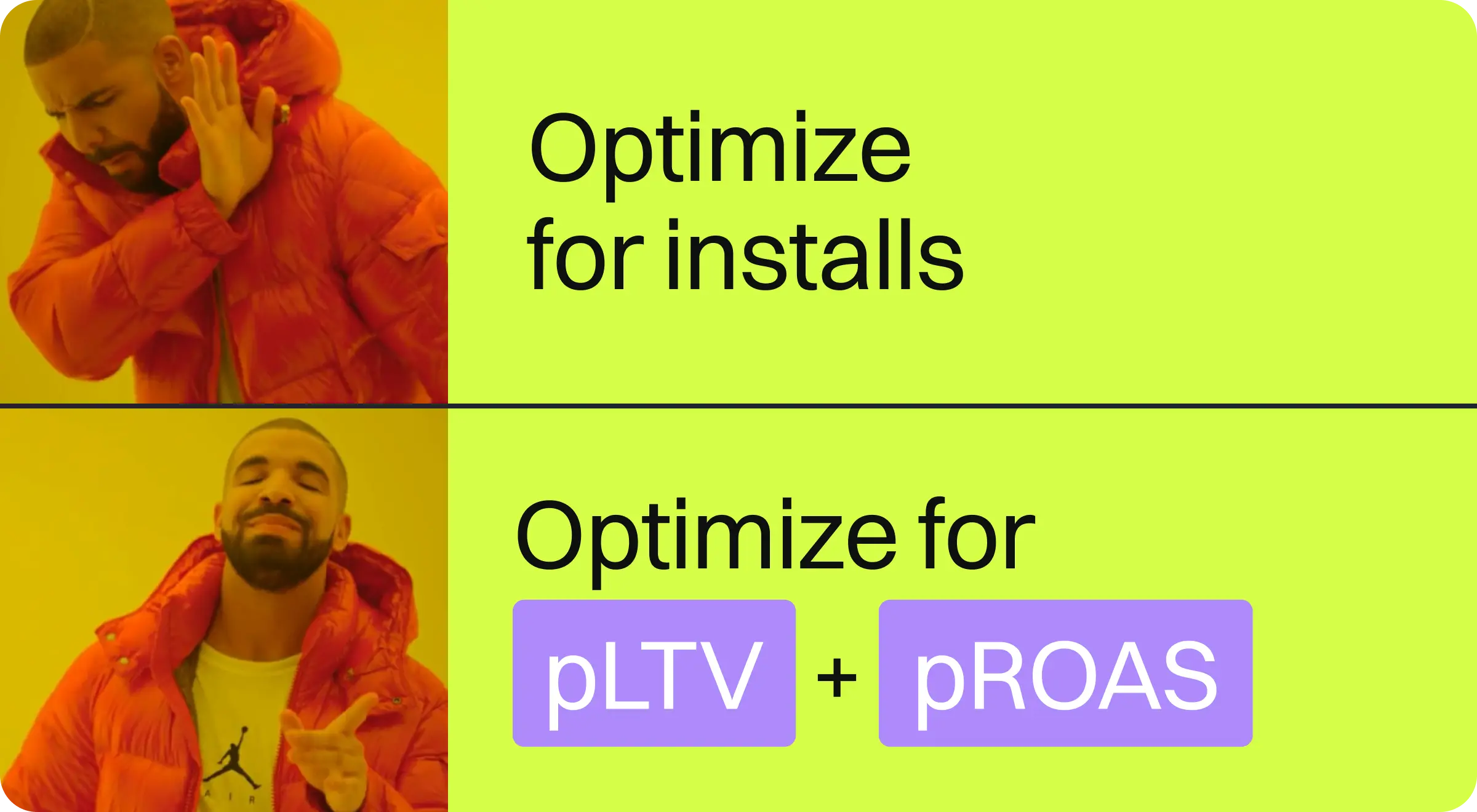
What marketers say: real frustrations, real shifts
It usually starts with excitement: a team finally builds out their LTV model. Maybe it’s a simple spreadsheet, maybe something more ambitious with predictive layers. They’re proud of it, hours of data cleaning, weeks of engineering effort, dashboards they actually enjoy looking at.
But then comes the question no one wants to ask out loud: So… what do we actually do with this?
One UA lead admitted they stared at their model’s output for days. “It gave us a number,” they said, “but we had no idea how to act on it. We still ended up making decisions based on channel volume because… at least that felt tangible.”
That’s more common than you’d think.
Another team ran into a similar problem after launching an aggressive campaign across five channels. Everything looked great in the first few days: low CPI, tons of installs. But 30 days in, revenue didn’t follow. Digging deeper, they found that 80% of their revenue came from a narrow slice of users who had high engagement by Day 3. The rest was just noise.
That was their turning point. They re-segmented their cohorts not by source, not by geography, but by predicted value decile. Once they started tagging cohorts by how much they were likely to be worth (not just how they behaved at install), their whole budget strategy shifted. More went to the high-potential groups, even if they were smaller. Low-value segments were cut off before they burned more cash.
Another team focused on creative testing had a familiar “aha” moment. They had two ad variants. Both performed similarly on install volume and clickthrough, so they kept them running. It wasn’t until they overlaid predicted cohort value that the difference became obvious: one drove 40% more long-term value than the other. From that point on, they started making every creative decision through that lens.
There’s a pattern here.
Clear segmentation reveals what’s driving outcomes, turning raw data into decisions that actually move the needle. Once teams start grouping users by expected value, rather than surface traits, the guesswork fades. Forecasts become playbooks. Spend gets smarter.
And most importantly: teams stop measuring what looks good and start scaling what actually works.

A practical framework for effective cohort segmentation
Instead of repeating the full “how to build a strategy” playbook, here’s a practical way to think about cohort work day to day.
1. Start with the right data collection
Decide which signals really matter. Is it early feature usage, conversion in the first 48 hours, or something else? Good data collection means your cohorts reflect reality, not vanity numbers.
2. Combine acquisition and behavioral cohorts
Don’t stop at acquisition cohorts (like install source or campaign). Blend them with behavioral cohorts to see how those users actually act. When you combine cohort analysis, you get a much clearer view of which groups bring long-term value.
3. Focus on actionable insights
Numbers alone don’t drive growth. You need actionable insights. For example: give loyalty perks to your top-value groups, and cut off campaigns driving low-value segments before they burn more cash.
4. Feed cohorts into marketing campaigns
The point of segmentation is execution. Build marketing campaigns that align with cohort signals. With personalized marketing strategies, you can tailor creatives, funnels, and offers to the people most likely to convert.
5. Keep optimizing marketing decisions
An effective cohort analysis is ongoing. As user behavior shifts, refresh your models and update segments. Teams that continuously optimize marketing at the cohort level see better ROI and stronger retention.
How to вuild a cohort strategy that works
You don’t need a PhD in data science to build a segmentation strategy that drives results. What you need is a shift in how you think about your cohorts, from static traits to dynamic signals. Here’s how teams are doing it today.
1. Start with behavior, not demographics
Forget age, location, or install source as your primary filters. They’re easy to track, but rarely predictive. What matters is how users act in the first few hours or days.
Look at:
- First 24–72 hour event depth: How many meaningful actions do users take?
- Retention patterns: Do they come back on Day 2? Day 7?
- Conversion triggers: What behaviors correlate with revenue later on?
This is where high-value users start to separate themselves. And it’s where your segments should start forming.
2. Use predictive LTV to rank your cohorts
Now that you’ve got behavior-based groups, apply predictive modeling to estimate their likely value over time. Don’t wait 30 or 60 days to see what happens; use what you know early to predict what’s coming.
Most mature growth teams use value deciles: cohorts ranked from top (most likely to generate revenue) to bottom (least). You can also break it into tiers: high, mid, and low predicted value. The shape is flexible; the goal is clarity.
3. Map decisions to each segment
Once you know your value tiers, decide how you’ll use them:
- Top deciles? Scale them. Increase spend. Push new creatives fast.
- Middle tiers? Optimize messaging. Test nudges, incentives, UX tweaks.
- Bottom deciles? Cut early. Don’t waste money on a cohort that’s already signaling low LTV.
Great teams document this. They build playbooks: “If predicted value is X, then do Y.” No more back-and-forths, just action.
4. Monitor in real time
Value isn’t static. Your segments should evolve as user behavior shifts. Make sure your tool or dashboard updates frequently, daily, ideally.
If you’re making decisions off a snapshot from last week, you’re already behind.
5. Close the feedback loop
Once campaigns have run their course, compare predictions with reality. Where did the model nail it? Where did it miss?
This is how your segmentation strategy matures. You refine signals, sharpen thresholds, and adjust your playbooks.
Over time, the system gets smarter, and so do your decisions.
Bottom line: The best segmentation strategies don’t just sort users. They show you where to invest, where to pivot, and when to stop. That’s what makes the difference between “insight” and actual growth.
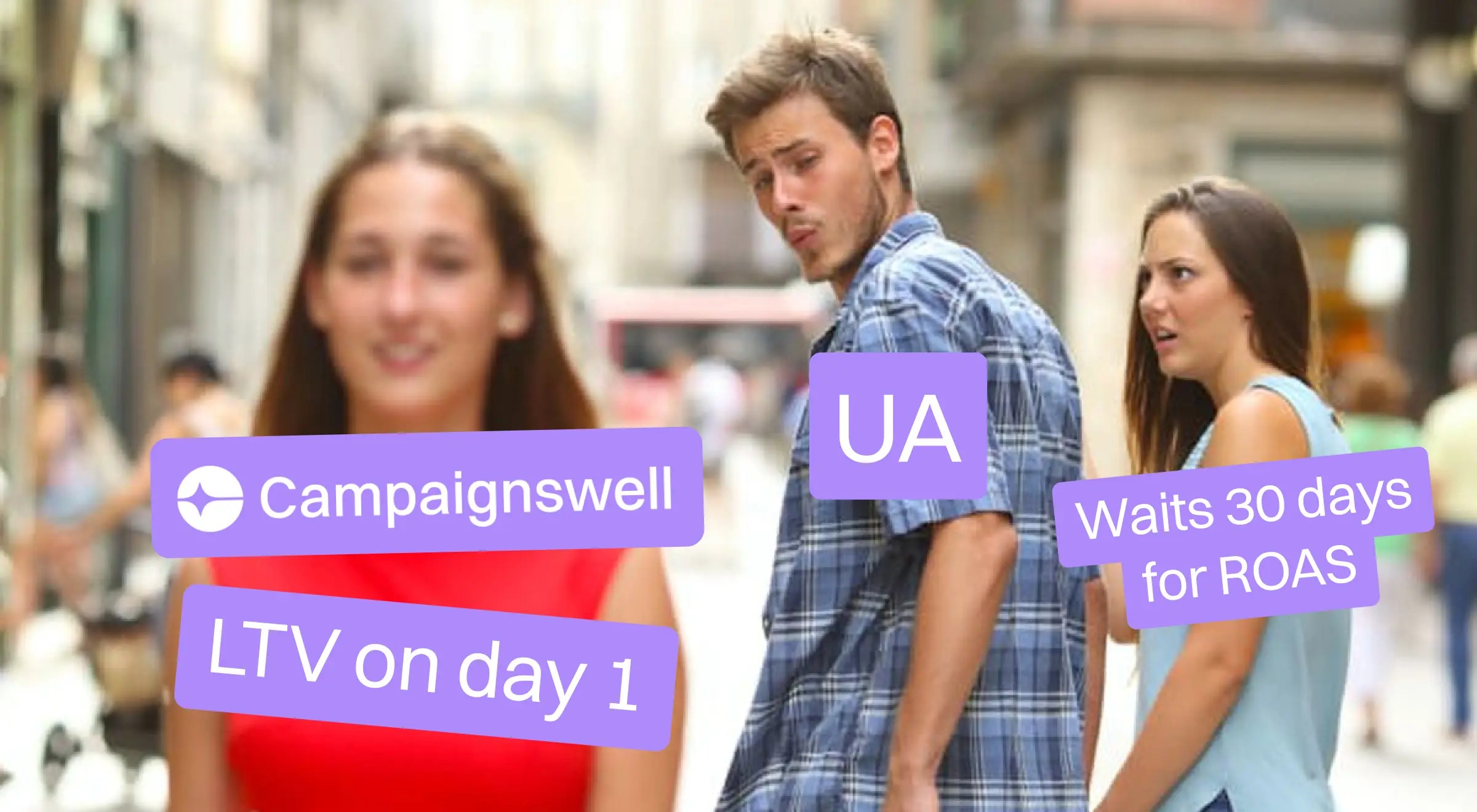
How Campaignswell makes this strategy work in real life
Everything we’ve covered so far — behavior-first segmentation, predictive modeling, cohort-level decisions — is powerful stuff. But here’s the catch: it’s only useful if you can actually do it in practice. Every day. Across multiple campaigns. Without waiting for your data team to come back from vacation.
That’s exactly the gap Campaignswell is built to fill.
It picks up where static dashboards and stitched-together spreadsheets fall short. Instead of dumping raw LTV numbers into a monthly report, Campaignswell tracks cohort performance in real time and projects long-term value based on how users behave early on.
It shows what’s coming next and gives you the clarity to decide where your budget will bring the highest return.
Here's how teams use it in the wild:
Take a team behind a fast-scaling AI companion app. Once they started ranking cohorts by projected value and tracking LTV across pricing experiments and funnel variations, they quickly identified where to double down. And one surprising insight: they uncovered a high-value segment they didn’t even know existed, driving both engagement and revenue. That discovery reshaped both their positioning and campaign strategy. Before Campaignswell, they treated their audience as one big, homogeneous group, no segments, no behavioral splits. With predictive cohort modeling, they began to surface segments, micro-segments, and value tiers that made targeted growth actually possible. The result: a 10X increase in spend, with a matching surge in subscriber volume and profit, all driven by the confidence and clarity that Campaignswell gave them.
Another team, working on a VPN app, faced chaos from conflicting data and siloed systems. After pressure-testing every predictive model and syncing their teams on one truth, they finally saw a clear path to scale. iOS ROI jumped from 7% to 50%, and Android spend tripled without hurting returns. Cohorts by platform, geo, and install type made it all possible and profitable.
What’s the common thread? These teams didn’t wait 30 days to learn what worked. They used predicted value deciles, early signal tracking, and daily cohort monitoring to steer the ship while the wind was still good.
Campaignswell helps you make those calls faster, with more confidence, and less risk.
Want a segmentation engine that actually thinks like a growth marketer?
Let’s talk.
FAQ: Cohort segmentation strategy in practice
Q1. What’s the difference between customer behavior and user behavior?
Customer behavior looks at spending and retention over time. User behavior is about in-app actions like clicks, sessions, or feature usage.
Q2. How does cohort segmentation improve marketing campaigns?
Cohorts turn raw data into actionable insights that feed smarter marketing campaigns. Instead of chasing installs, you target based on predicted CLV and engagement.
Q3. How many users do you need for effective cohort analysis?
There’s no hard rule. Even small groups can reveal patterns if you group users around meaningful signals and update regularly.
Q4. Why is customer lifetime value so important?
Customer lifetime value is your north star. Ranking cohorts by predicted CLV helps decide where to double down and where to stop spending.
Q5. Are acquisition cohorts still useful?
Yes, but they work best when paired with behavioral cohorts. Acquisition tells you where users came from; behavior shows you if they’ll actually generate value.
Q6. How does cohort segmentation help retain customers?
By tracking customer segmentation and engagement, you can design campaigns that retain customers through loyalty perks, win-back offers, or personalized journeys.
Q7. What makes a cohort segmentation strategy effective?
An effective cohort analysis goes beyond dashboards. It combines data collection, segmentation, and personalized marketing strategies into a system that drives measurable growth.

Co-founder & CEO at Campaignswell



